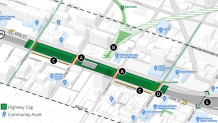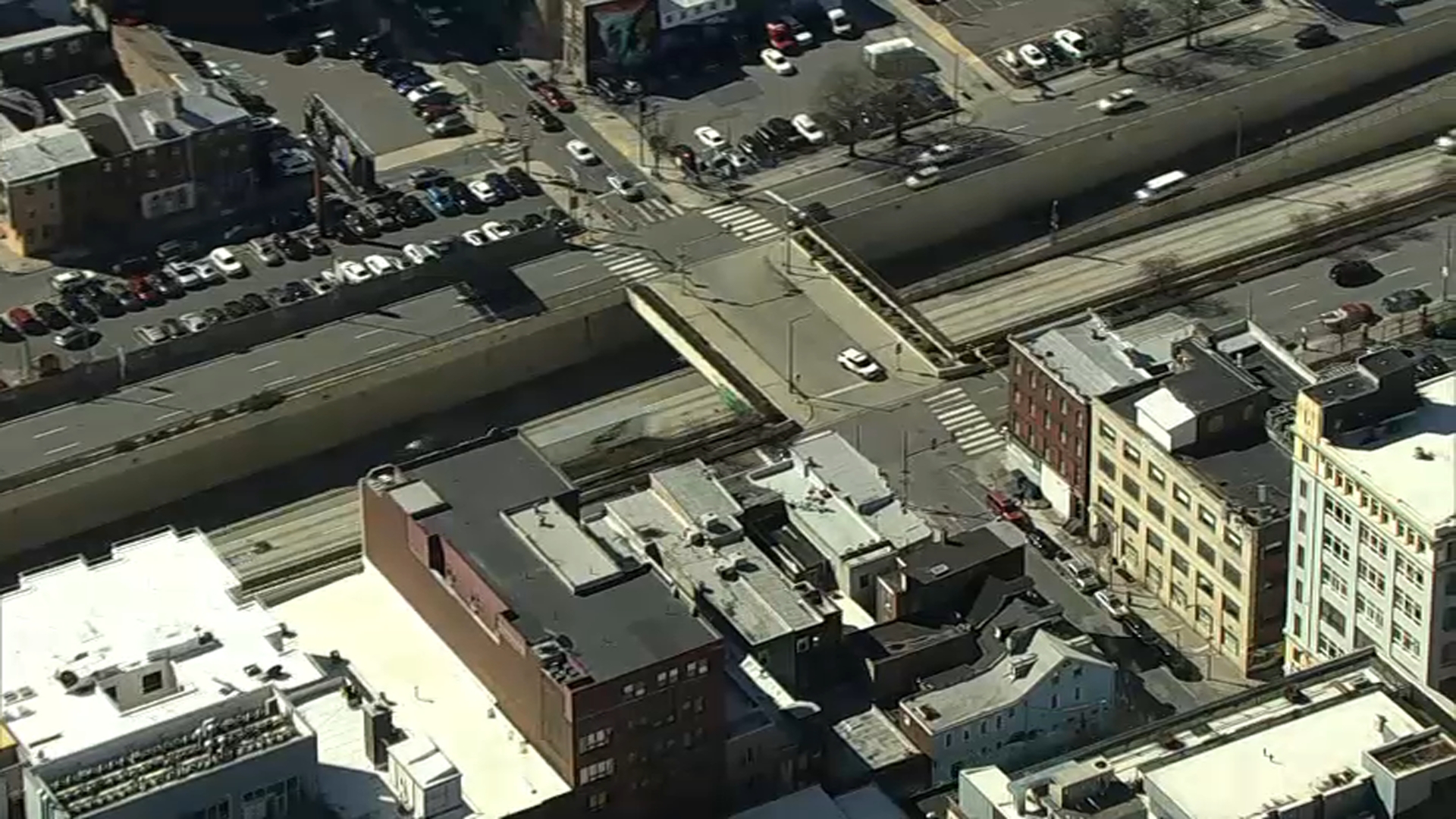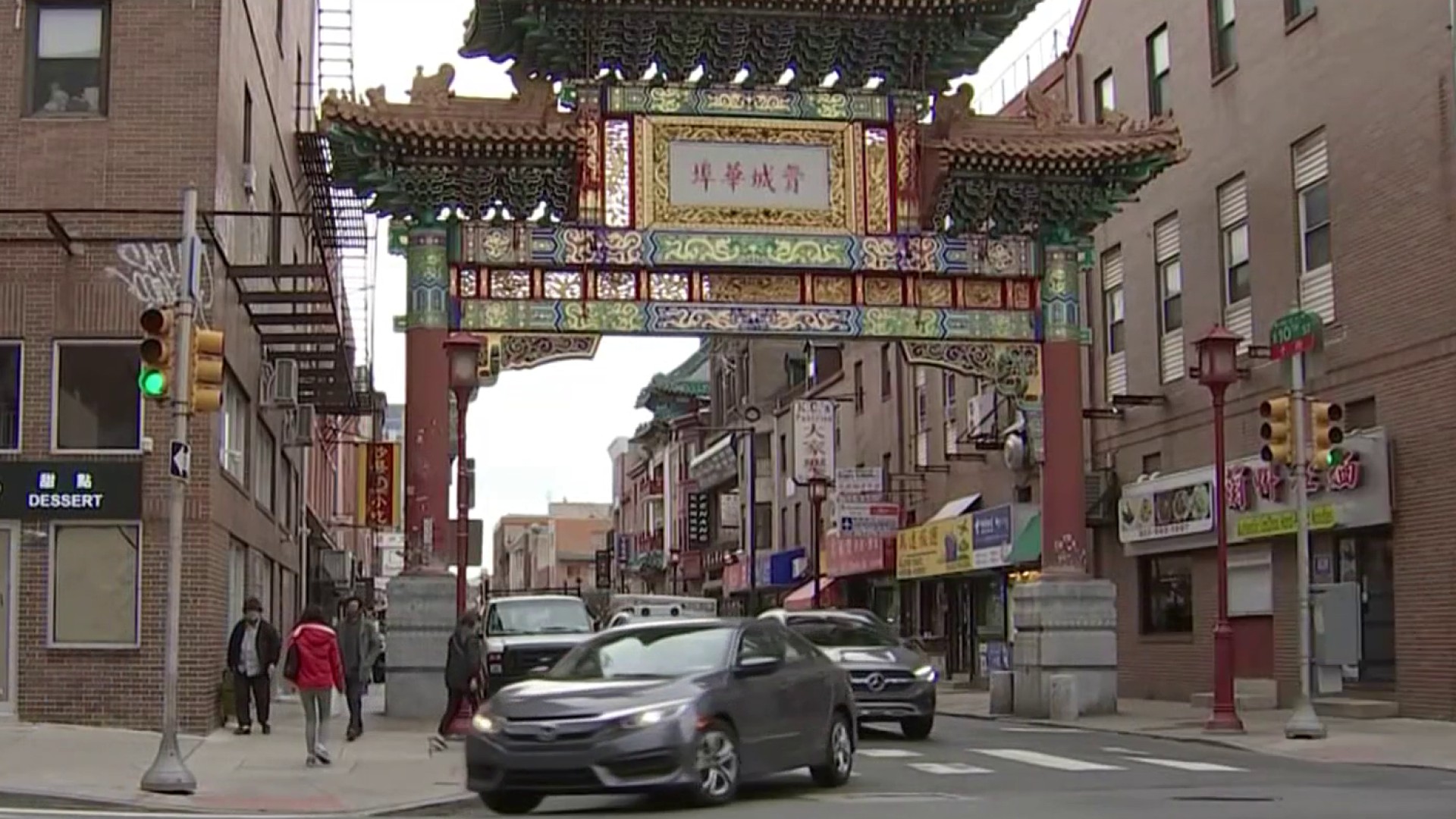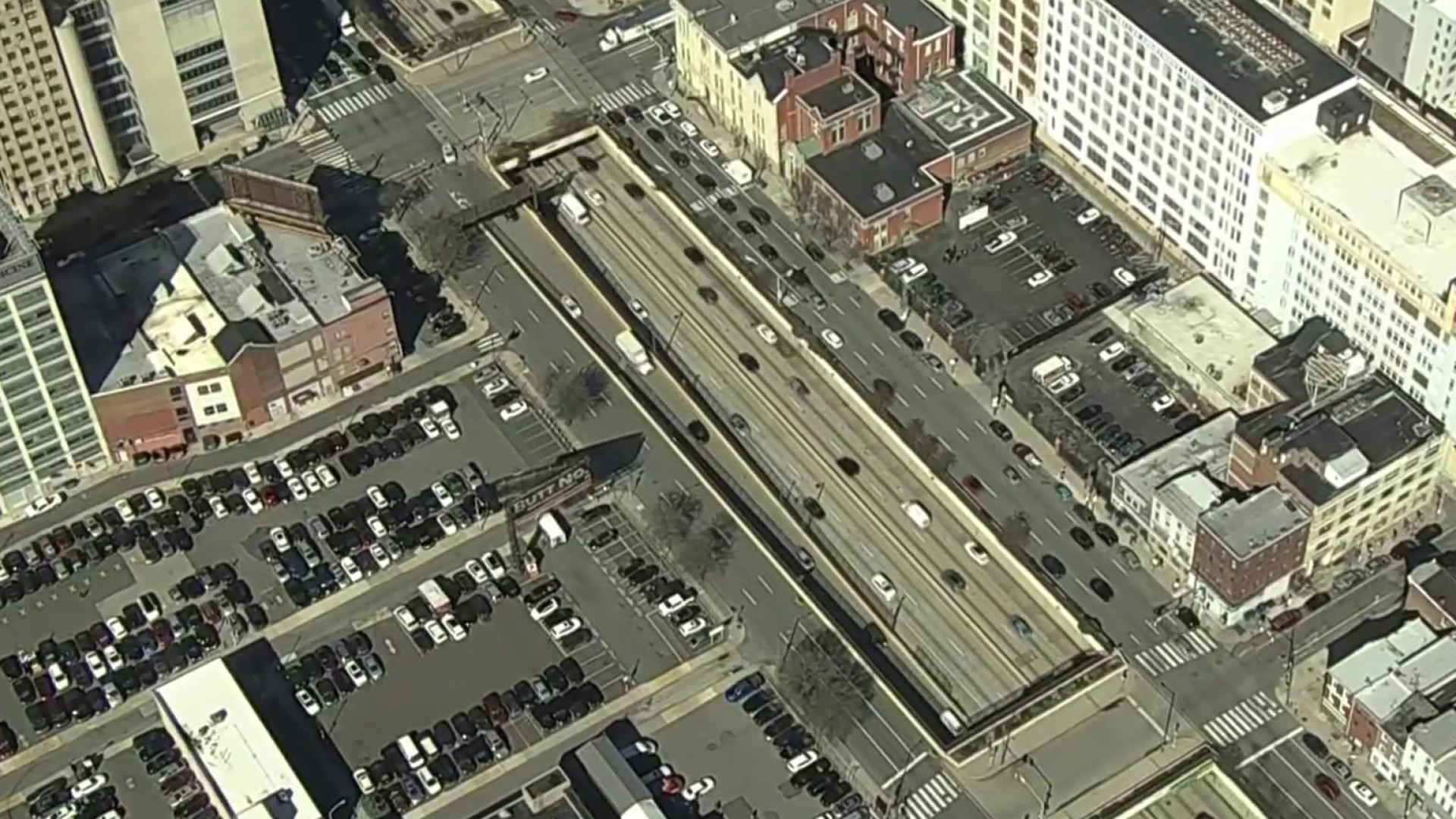What to Know
- A multimillion-dollar plan is underway to figure out how to cover part of the Vine Street Expressway that would reconnect Philadelphia's Chinatown neighborhood.
- Dubbed "The Chinatown Stitch," the idea is to find a way to build something over the highway several years down the line by building a bridge over I-676.
- The city on Tuesday, Dec. 19, 2023, announced that it would be moving forward with the least expensive concept -- a two-block cap over I-676.
We now know what plan Philadelphia is backing to reconnect the Chinatown neighborhood decades after the Vine Street Expressway cut it apart.
On Tuesday, Philadelphia Mayor Jim Kenney's office along with the Philadelphia Chinatown Development Corporation (PCDC) and PennDOT announced the design plan for capping a portion of Interstate 676 as part of "The Chinatown Stitch" project.
"The Chinatown Stitch: Reconnecting Philadelphia to Vine Street is a study to cap the Vine Street Expressway between Broad Street and 8th Street to reconnect Chinatown and Chinatown North," the City of Philadelphia says on its website.
Get Philly local news, weather forecasts, sports and entertainment stories to your inbox. Sign up for NBC Philadelphia newsletters.
Philadelphia announced the "Chinatown Stitch" plan in the spring and later revealed three different designs in the fall.
"Following two rounds of workshops and surveys in April and September, the two-block cap (Concept 1) was the highest ranked of three alternatives," the city said Tuesday in a news release.
This is what the Two-Block Concept entails: This concept adds caps for the full block between 10th and 11th Streets, and 12th and 13th Streets. There is an open gap between 11th and 12th Streets, which allows for required ventilation for the expressway.

The overall area being considered for capping ran from 8th Street to Broad Street. This plan came out on top over more expensive three-block plans.
"This design best achieves the goals and vision for the study, while minimizing the negative impacts," the City said. "While it scored just slightly lower in preference during the survey period, the lower cost and quicker implementation helped set Concept 1 above Concept 2 in the overall rankings."
The cap would allow for parks, buildings and open space above the expressway below, the City said.
“The Vine Street Expressway remains a visible scar in our Chinatown neighborhood - and city at-large - as significant portions of the neighborhood were demolished and residents displaced for its construction,” OTIS Deputy Managing Director Mike Carroll said. “The project is known as the Chinatown Stitch because it will sew the disconnected parts of Chinatown together with an inviting green space and safe street design, prioritizing the needs of the elderly, young, and those with disabilities.”
'A Beacon of hope for the Chinatown community'
In a news release announcing the project, the City explained the long history of a disconnected Chinatown:
"Since the 1960s, the Vine Street Expressway has been greeted with significant community opposition. Upon completion of construction in 1991, the expressway intensified the social and economic disconnect between the Chinatown and Chinatown North neighborhoods. The community engaged in numerous neighborhood plans and studies over the past twenty years."
Community leaders echoed the challenges of the community being cut apart while expressing hope for the future.
“The Chinatown Stitch is an amazing reconnecting project where residents, immigrant business owners, and local and state officials are writing a new chapter in Chinatown's history to undo the harm of I-676, which splits Chinatown,” PCDC Executive Direction John Chin said Tuesday.
The cap would also add some greenspace to the urban neighborhood.
“As Philadelphia’s only neighborhood without a public greenspace within its borders, the Chinatown community is overdue for an upgrade in the form of park and gathering space,” 1st District Philadelphia City Councilmember Mark Squilla said. “Our City’s Chinatown community is special and we hope to see it thrive for years to come with the Chinatown Stitch being a point of great pride.”
Mayor Kenney called the start of the Stitch a "proud" moment for his administration.
"Through its construction and in the years since then, the Vine Street Expressway has presented many headaches that have been difficult to deal with and address properly," the outgoing two-term Democratic mayor said. "This administration is proud to have begun the legwork for a project that will truly transform Chinatown through the vision of the members of this community.”
When might the Chinatown Stitch be built?
A $1.8 million U.S. Department of Transportation’s Reconnecting Communities Pilot Program (RCP) grant is helping to accelerate the process to connect Chinatown and Chinatown North in Center City, officials said back in March.
The total cost of the planning phase comes to about $4 million, with Philly, PennDOT, the John S. and James L. Knight Foundation and a number of private local donors supplying $2.2 million in matching funds.
On Tuesday, the City said it anticipates preliminary design and engineering to take place over the next couple of years. The plan is to applied for federal funding for any remaining engineering and construction costs through the Infrastructure Investment and Jobs Act, the city said.
"If funding is received, the City anticipates that construction could start as early as 2027," the City said Tuesday.
That new start date is a year earlier than previously reported.
"This preferred concept is only the start of the planning process," the City said Tuesday. "It sets the broad parameters for the project but leaves substantial additional questions that will need to be answered over the next two years."
Sign up for our Breaking newsletter to get the most urgent news stories in your inbox.




